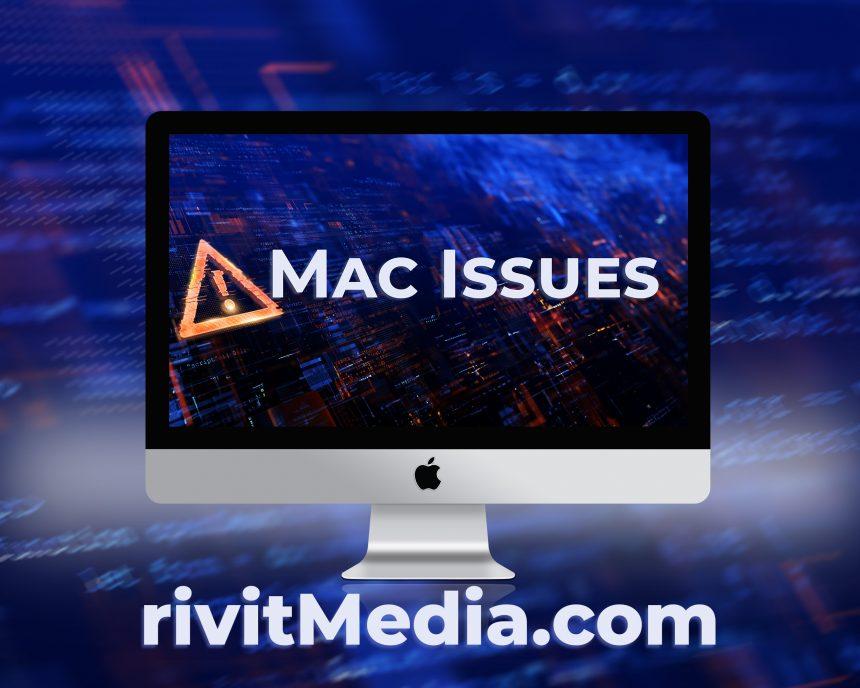Safari is known for its speed and efficiency, but there can be instances where it appears slow in macOS Sonoma. This article will explore potential reasons behind Safari’s sluggish performance, provide solutions to address these issues, and guide you on how to enhance its speed without third-party tools.
Causes of Slow Safari in macOS Sonoma
- Internet Connection: Slow browsing can sometimes be attributed to a poor or unstable internet connection.
- Resource-Hogging Extensions: Safari extensions or add-ons may consume excessive system resources, leading to slowdowns.
- Cache and Temporary Files: Accumulated cache and temporary files can impact browser performance.
- Outdated Software: Running an outdated version of macOS or Safari can result in performance issues.
How to Speed Up Safari in macOS Sonoma:
1. Check Your Internet Connection
- If Safari appears slow, determine whether the issue is with your internet connection. Try another browser or device to rule out connectivity problems.
2. Restart Your Mac
- A simple restart can clear temporary files and, on Macs with Apple silicon, perform additional system checks. Always start troubleshooting by restarting your Mac.
3. Reset Safari
- To address issues related to cache and browsing data, reset Safari:
- Click on the Safari menu.
- Choose “Clear History…”
- Select the desired time range and click “Clear History.”
4. Check for Updates
- Outdated software can lead to performance problems. Ensure your macOS and Safari are up to date:
- Click on the Apple menu and select “System Preferences.”
- Go to “General” and click “Software Update.”
- Follow on-screen instructions to install available updates.
5. Monitor Your Mac’s Activity with Activity Monitor
- Use Activity Monitor to identify resource-intensive processes that might be slowing down Safari:
- Navigate to Applications > Utilities and open Activity Monitor.
- Click on the CPU tab to observe CPU usage.
- Identify any Safari extensions or processes consuming an excessive amount of CPU cycles.
- If you find resource-intensive processes:
- Click the ‘x’ in the toolbar to quit the problematic process.
- Keep in mind that quitting a process may only provide a temporary solution. Consider disabling or uninstalling the problematic Safari extension.
- Disable or Uninstall Extensions:
- Click on the Safari menu and choose “Preferences.”
- Navigate to the Extensions section.
- Locate the problematic extension and either deselect the box to disable it or click “Uninstall” to remove it.
6. Optimize Safari for Better Performance
- You can optimize Safari’s performance by:
- Reducing the number of open tabs.
- Clearing your browser cache regularly.
- Disabling or limiting resource-heavy extensions.
- Managing your browsing history.
Conclusion
If Safari appears slow in macOS Sonoma, there are various factors that could be contributing to this issue. By following the steps outlined in this guide, you can effectively troubleshoot and enhance Safari’s performance. Begin with basic checks, including verifying your internet connection and ensuring your software is up to date. Utilize Activity Monitor to identify and address resource-intensive processes and extensions. With these steps, you can enjoy a smoother and faster browsing experience with Safari on your Mac.





